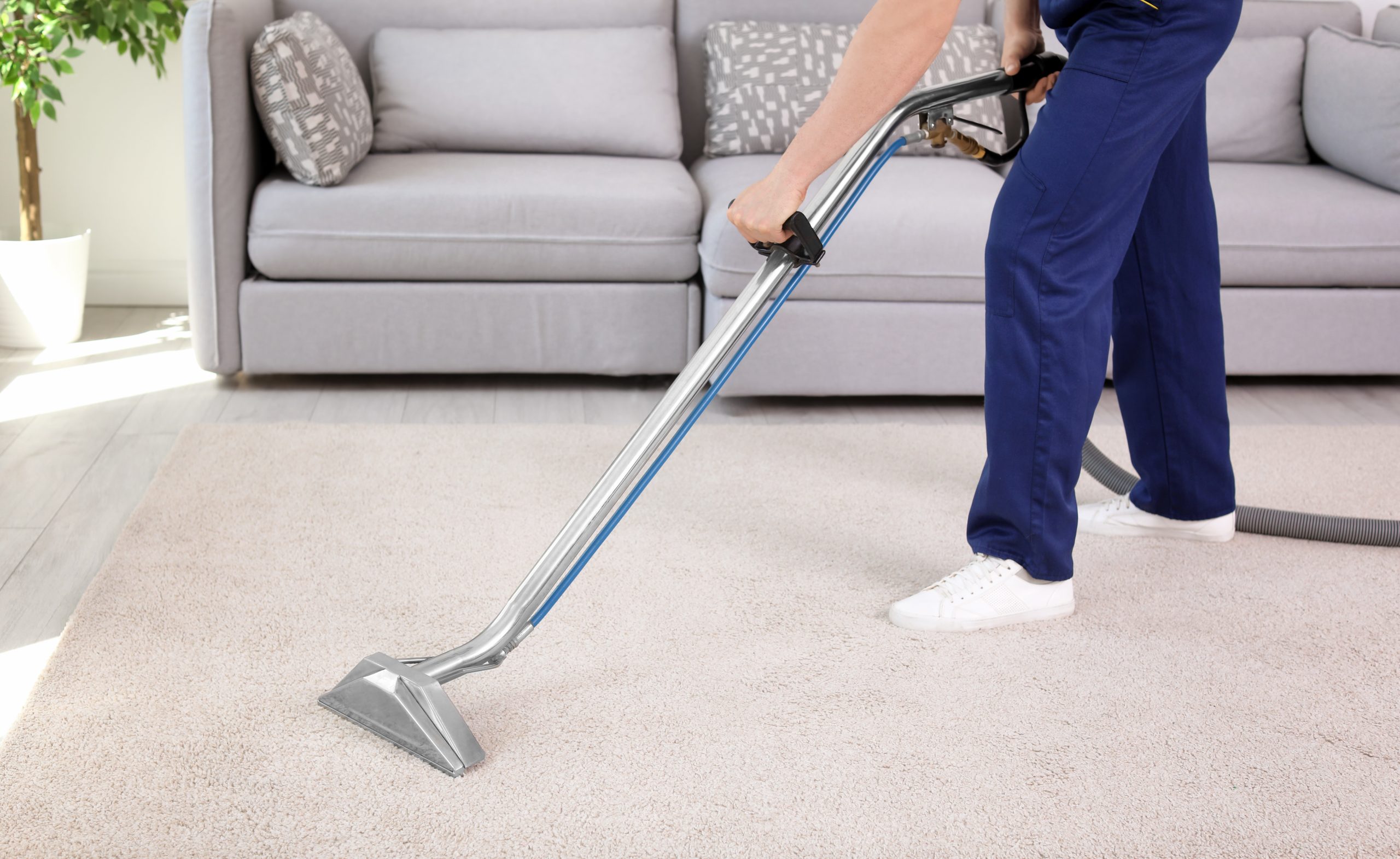Carpet cleaning is more than just a routine household chore; it is an intricate blend of art and science that requires a keen understanding of materials, techniques, and the environmental factors that contribute to the cleanliness and longevity of carpets. This observational research article aims to delve into the nuances of carpet cleaning, exploring the various methods employed, the effectiveness of these methods, and the impact of different variables on the cleaning process.

The Importance of Carpet Maintenance
Carpets serve as both functional and aesthetic elements in homes and commercial spaces. They provide comfort underfoot, enhance interior design, and contribute to sound insulation. However, carpets are also magnets for dirt, allergens, and stains. Regular maintenance is crucial not only for appearance but also for health. Dust mites, pet dander, and other allergens can accumulate in carpets, leading to respiratory issues and other health problems. Observational research indicates that homes with regularly cleaned carpets have lower levels of indoor pollutants compared to those with neglected flooring.
Methods of Carpet Cleaning
There are several methods of carpet cleaning, each with its own advantages and disadvantages. The most common techniques include:
- Steam Cleaning (Hot Water Extraction): This method involves injecting hot water mixed with cleaning solution into the carpet fibers and then extracting it along with dirt and debris. Observations show that steam cleaning is highly effective at removing deep-seated stains and allergens, making it a popular choice among professional cleaners.
- Dry Cleaning: This method uses minimal moisture, employing specialized cleaning compounds that absorb dirt. Observational studies reveal that dry cleaning is favored for its quick drying times and is often used in commercial settings where downtime must be minimized.
- Shampooing: Carpet shampooing involves applying a foamy cleaning solution to the carpet, which is then agitated and extracted. While effective for surface cleaning, observational evidence suggests that shampooing may leave behind residues that attract dirt over time.
- Bonnet Cleaning: A technique often used in hotels and commercial spaces, bonnet cleaning involves using a machine with a rotating pad soaked in cleaning solution. Observations indicate that while this method is quick, it primarily cleans the surface and may not address deeper dirt and allergens.
- Encapsulation: This modern method uses synthetic detergents that crystallize dirt into a powder, which can then be vacuumed away. Observational data suggests that encapsulation is effective for routine maintenance and extends the time between deep cleaning.
Factors Affecting Cleaning Efficacy
The effectiveness of carpet cleaning is influenced by several factors:
- Type of Carpet Cleaner Fiber: Different materials respond differently to cleaning methods. Natural fibers like wool may require gentler cleaning methods, while synthetic fibers like nylon can withstand more aggressive techniques. Observations indicate that understanding the carpet's fiber type is crucial for selecting the appropriate cleaning method.
- Soil Level: Heavily soiled carpets may require pre-treatment or multiple cleaning passes. Observational insights show that carpets in high-traffic areas tend to accumulate more dirt, necessitating more frequent cleaning.
- Water Quality: The mineral content and pH of water can affect cleaning results. Hard water can leave residues and hinder the effectiveness of cleaning solutions. Observations highlight the importance of using soft or distilled water for optimal results.
- Temperature and Humidity: Environmental conditions play a significant role in the carpet cleaning process. Higher temperatures can enhance the effectiveness of cleaning solutions, while humidity can prolong drying times. Observational research indicates that cleaning carpets in controlled environments yields better results.
Observational Insights from Professional Cleaners
Through observational studies conducted with professional carpet cleaners, several best practices emerged:
- Pre-Inspection: Professionals often conduct a thorough inspection of the carpet before cleaning. This includes identifying stains, assessing fiber types, and noting any damage. Observations suggest that this step is crucial for tailoring the cleaning approach.
- Pre-Treatment: Many professionals apply pre-treatment solutions to stains before the main cleaning process. Observational data shows that this step significantly improves stain removal outcomes.
- Proper Equipment: The type and quality of cleaning equipment used can greatly affect results. Observations indicate that professionals favor high-powered extractors and advanced cleaning solutions that enhance efficacy.
- Post-Cleaning Care: After cleaning, professionals often recommend protective treatments, such as stain repellents, to prolong the cleanliness of carpets. Observational studies suggest that these treatments can effectively reduce future staining.
- Education and Training: Continuous education on new cleaning technologies and methods is vital for professional cleaners. Observational insights reveal that those who stay updated on industry trends tend to achieve better results.
Conclusion
Carpet cleaning is a multifaceted process that requires a blend of knowledge, skill, and the right tools. Observational research highlights the importance of understanding the various cleaning methods, the factors that influence their effectiveness, and the best practices employed by professionals. As carpets continue to be a staple in homes and businesses, investing in proper cleaning techniques not only enhances the aesthetic appeal but also contributes to a healthier indoor environment. Future research could further explore the long-term effects of different cleaning methods on carpet longevity and indoor air quality, ensuring that carpet cleaning evolves alongside advancements in technology and environmental awareness.



